This summer, we traveled the entire width of South Korea and Japan. The route looks like a smiley face.
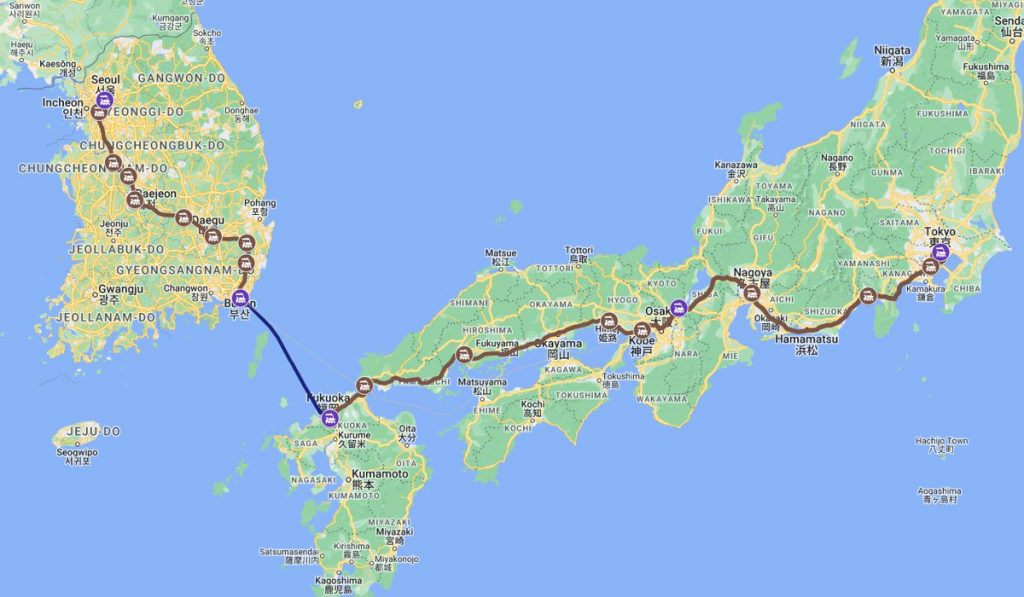
This vacation was booked shortly after we returned from Thailand last summer, where we grew a taste for trying different modes of transportation. The initially simple trip idea got more cities added to it just so we could get from more point As to point Bs. Most notably, we took:
- The best flight in the world, in my opinion
- The most famous train route in modern cinema
- Our first international boat ride
The Structure
The trip was divided into two phases.
We slept in 6 different beds on the first six nights. One of those beds was on a plane and another was on a boat. It was fast-paced and, at times, rushed. These days were also plagued with thunderstorms that necessitated more plan changes than I liked. It was intense but really fun, as we were constantly taking in new sights and experiences. That was until I got sick on the last of these days and had a mild fever while switching from one hotel to another over 670 kilometers away. Not my favorite day.
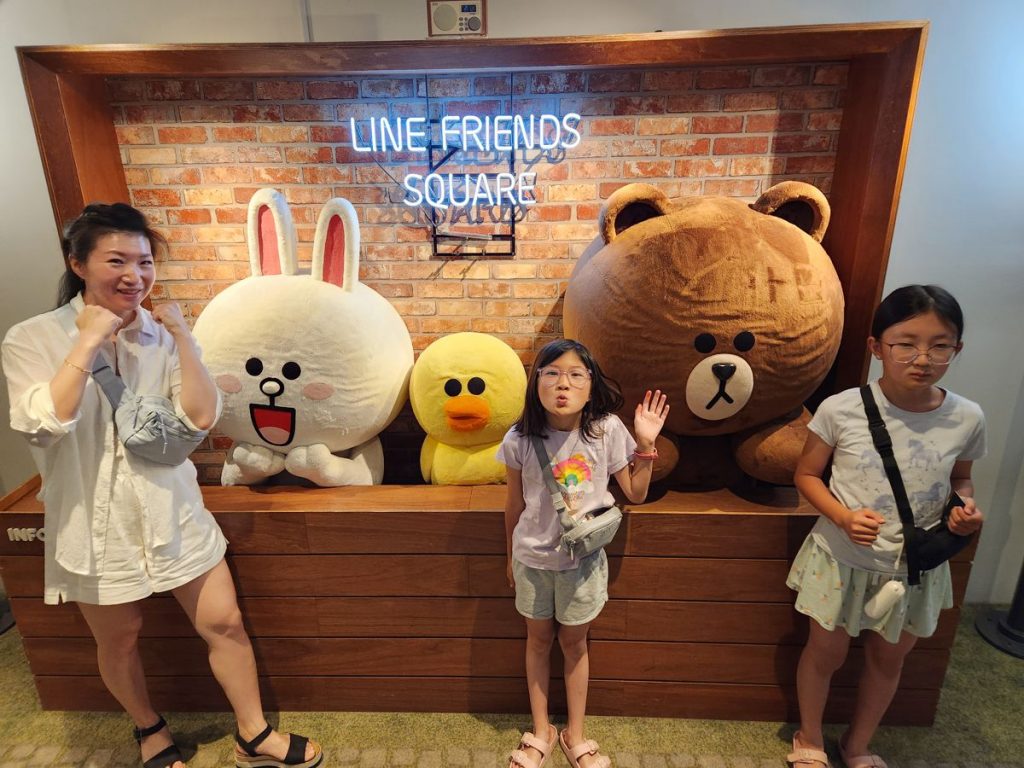
Then, Bah and Mah flew in from Taiwan to join us. The next 8 days were spent in Kyoto and Tokyo, where we felt relatively more grounded. That said, bringing the parents around in a mega city with a crazy dense population wasn’t the smartest idea. We had fun together, for sure, but there was also a lot of stress. The storms were gone by then so all we had to endure was the intense heat and humidity.
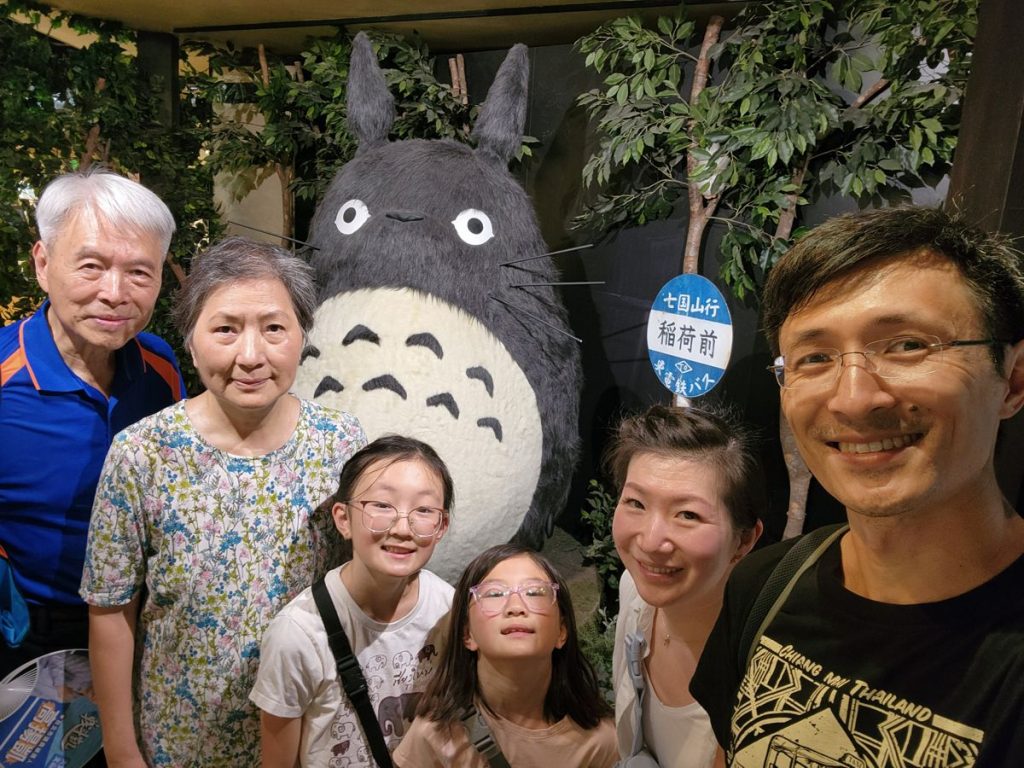
The trip was anchored with an awesome flight at the front end and an awesome hotel at the back end. Our ability to snatch two rooms on points in Conrad Tokyo for five nights (with 5th night free) led us to put more time than intended in Tokyo. Ideally we’d have made it a more brief stop and spent extra time in Busan and Fukuoka instead. But it was also hard to beat being able to call such a luxurious hotel home for more than a couple days at a time.
The Japanese Trains
I appreciate how much of the world a person can traverse without a car. While that’s generally true of developed countries outside North America, the public transit network in Japan always amazes me as being in a whole category of its own. Compared to most countries I’ve been, the Japanese train systems are intimidating due to their sheer size and complexity. Figuring them out ahead of each trip was a daunting task, but once I wrapped my head around them, it became impossible to not admire the comprehensive coverage, the redundancies, and the options to optimize. How come the high-speed trains crossing the 1,175-kilometer width of Japan (Hakata to Tokyo) are available every 10 minutes, while the BART taking me to work (Millbrae to San Francisco) routinely makes me wait over 20 minutes during peak commute hours?
During our 10 days in Japan, we rode on 18 train routes operated by 14 companies, from Shinkansen to Randen (old school light rail in Kyoto). In several instances we used different trains to and from a place just because it’d save us a few steps. The inter-connectivity made the transit hubs some of the busiest places in the world. Did you know that more people transit through the Shinjuku Station each day (3.5 million) than ride on the entire NYC Subway system (3.2 million)?
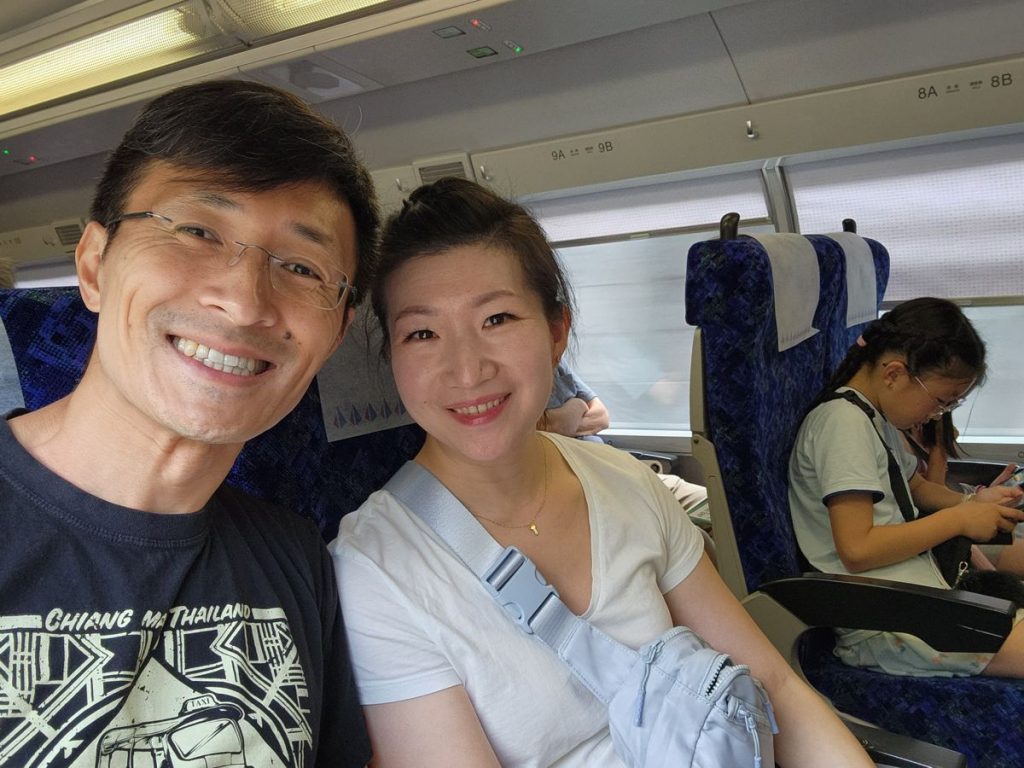
The Food
As we do on every trip, we enjoyed plenty of deliciousness while in Korea and Japan. Some of our meals were the kind that we’d look back fondly in 30 years as exceptionally memorable, and we also tasted some once-in-a-lifetime ingredients.
Though we were also surprised and frustrated by how challenging it was to find food with my parents in Japan. Eateries in this country tend not to be large enough to seat large parties or cater to a variety of tastes (like Cheesecake Factory), while also not small enough for customers to just buy and eat on the go (like Taiwanese night market stalls). Adding on top the relative absence of vegetarian options in the Japanese cuisine, we found ourselves having to screen dozens of options for each meal. During those eight days, our family got seated together for 4 meals and 2 desserts; the most other restaurants could do was to split us into two separate tables.
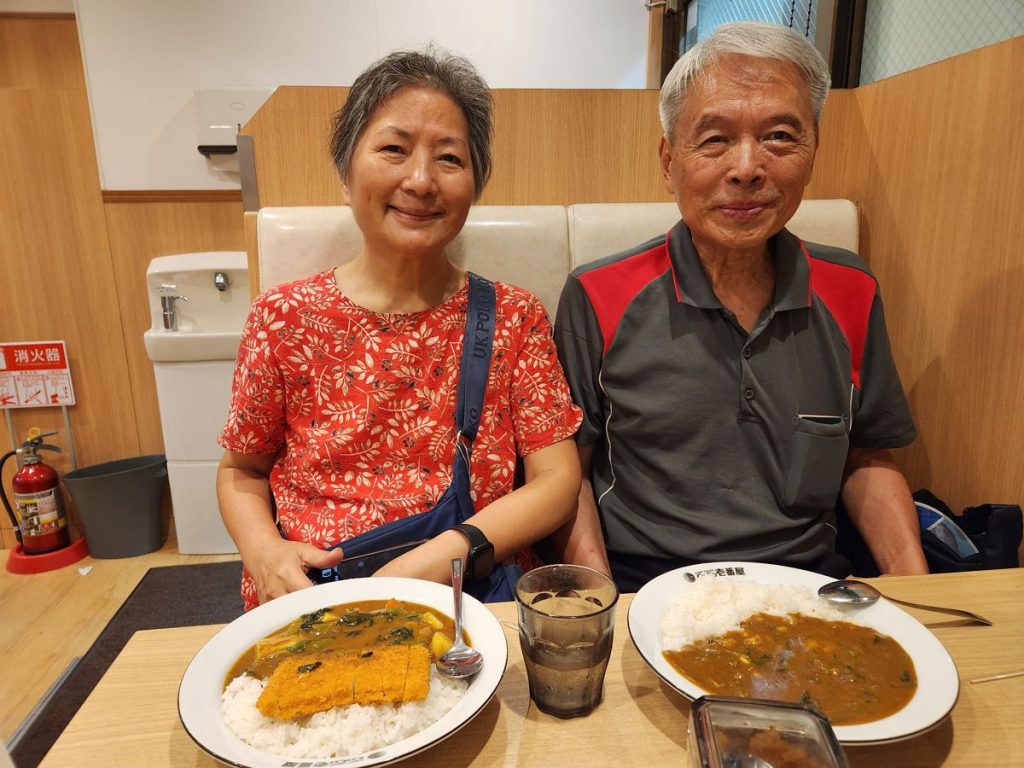
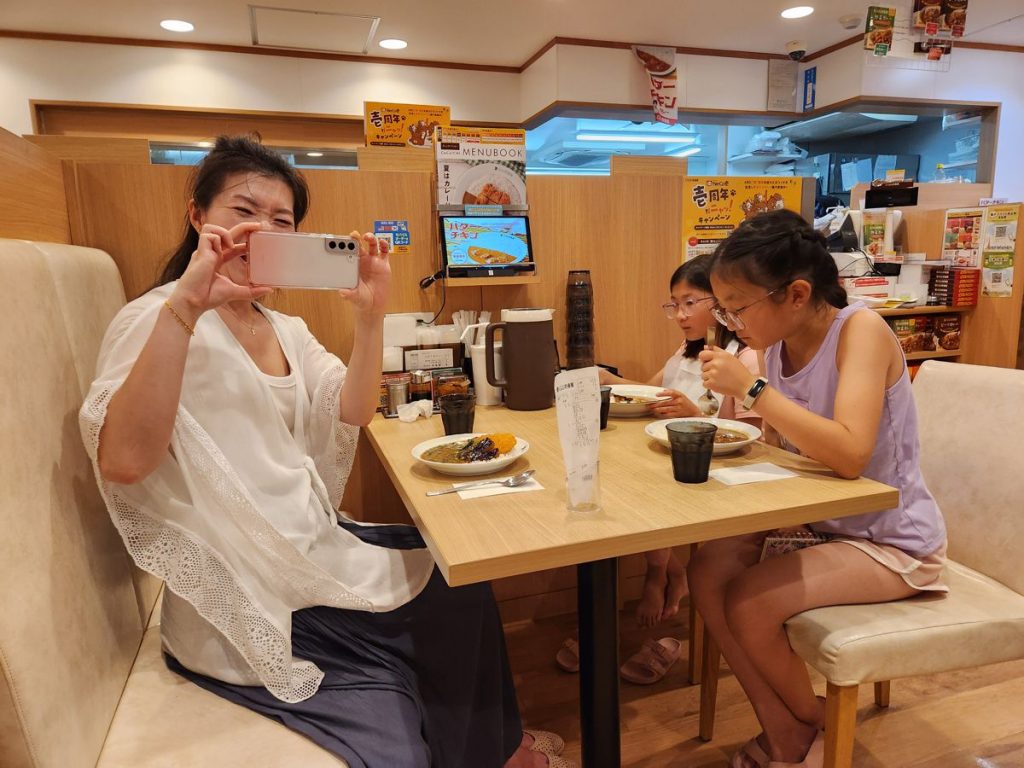
Thank goodness there were plenty of convenience stores everywhere, stocked around the clock with delicious sandwiches and onigiries. We frequented GS25 and CU in Korea, and FamilyMart and Lawson in Japan. We relied on them for breakfast and for in-transit snacks. When we gave up hunting for restaurants on the last couple days, we even relied on them for lunch and dinner.
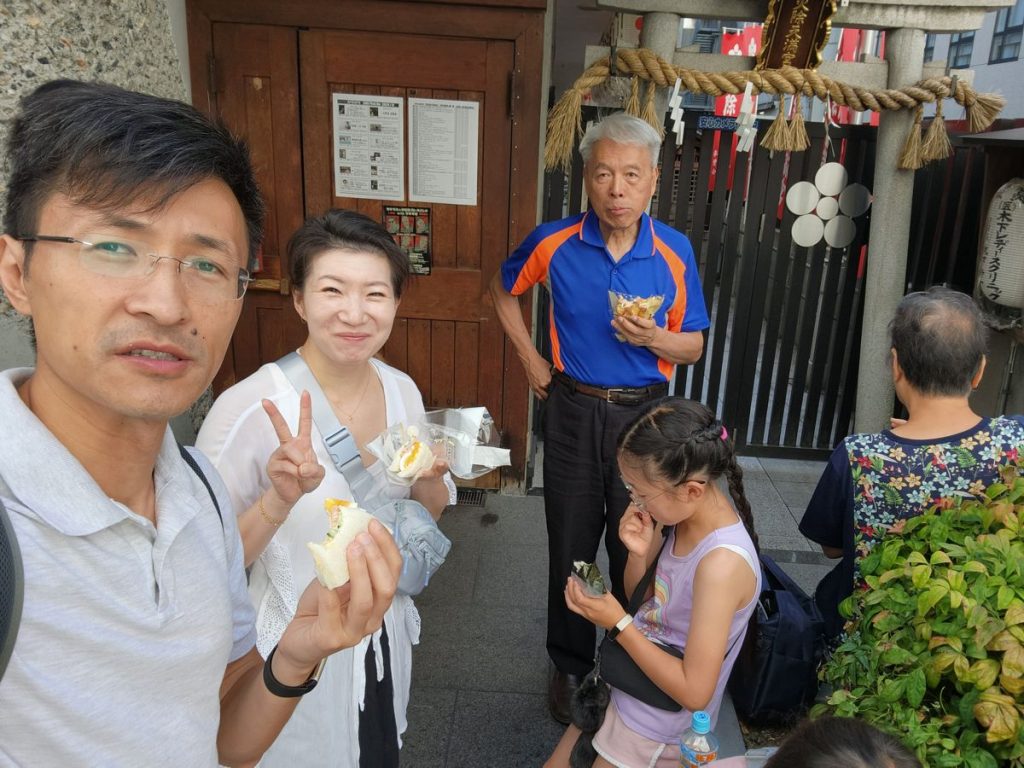
Traveling Butter
Ting’s meal on our outbound flight came with a container of fancy French butter. She slept through that meal so the butter went unused. We tossed it into our bag of snacks. Shortly after, it became a joke to see how far we could go with it. It ended up traveling through the summer heat and the stormy rain, going on trains and boat and plane. When and where possible, it stayed cool in hotel refrigerators (including that duck-shaped one in the second photo below). Finally, it came home with us to California.
Still safe to eat? No idea…
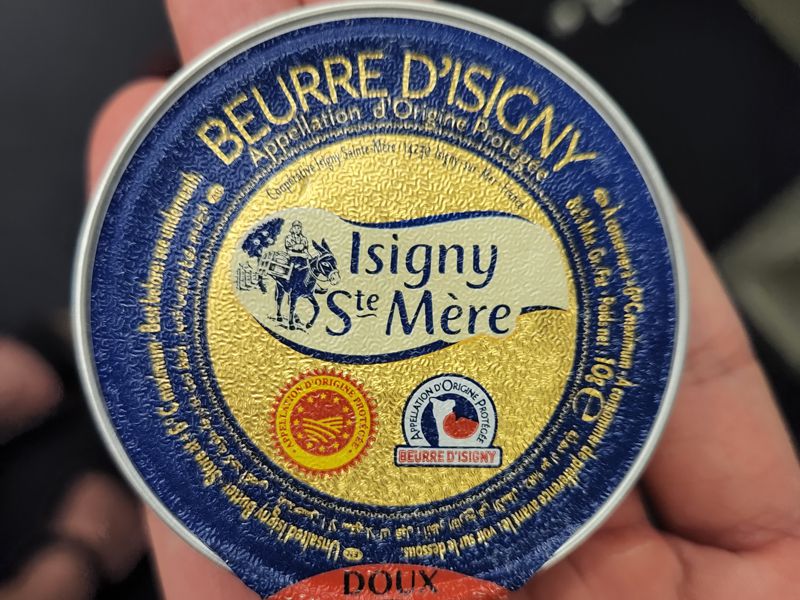
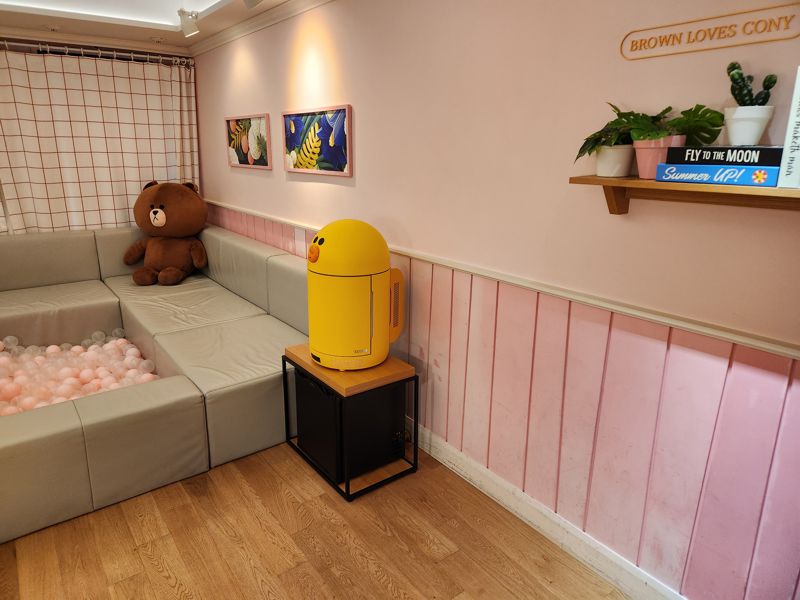
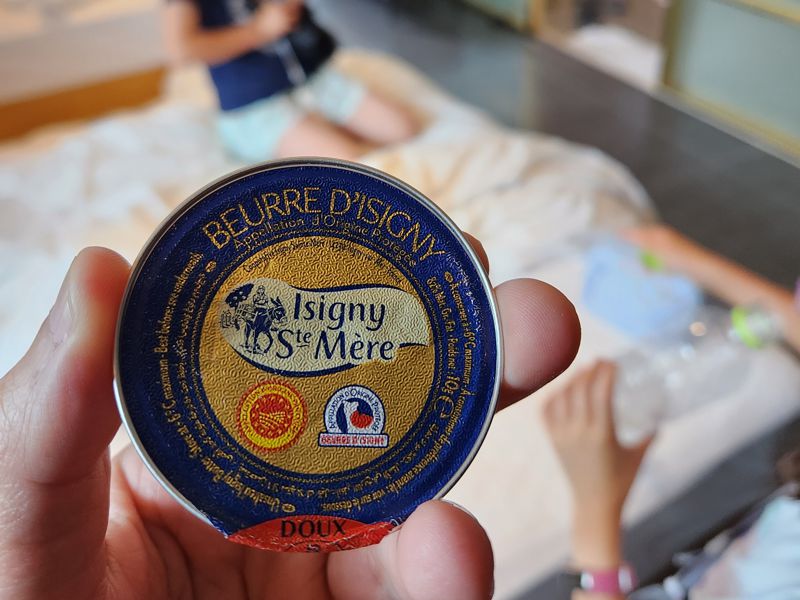
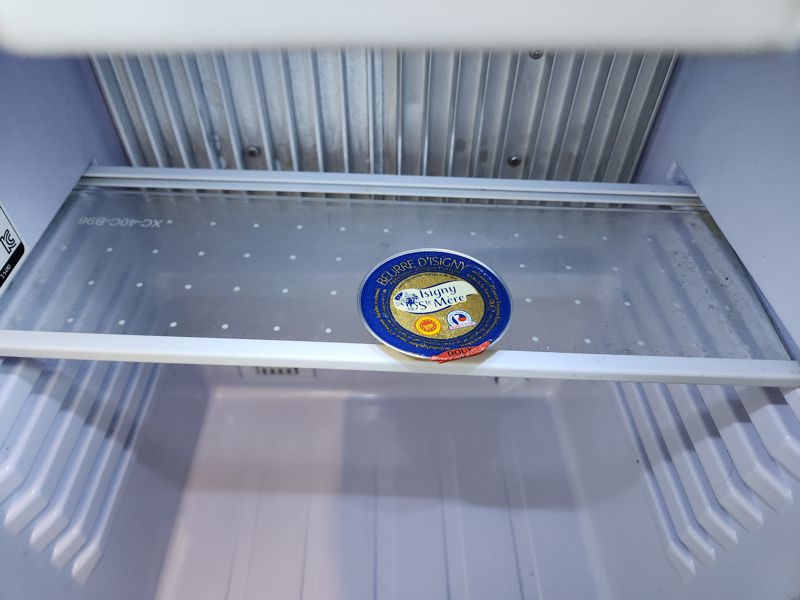
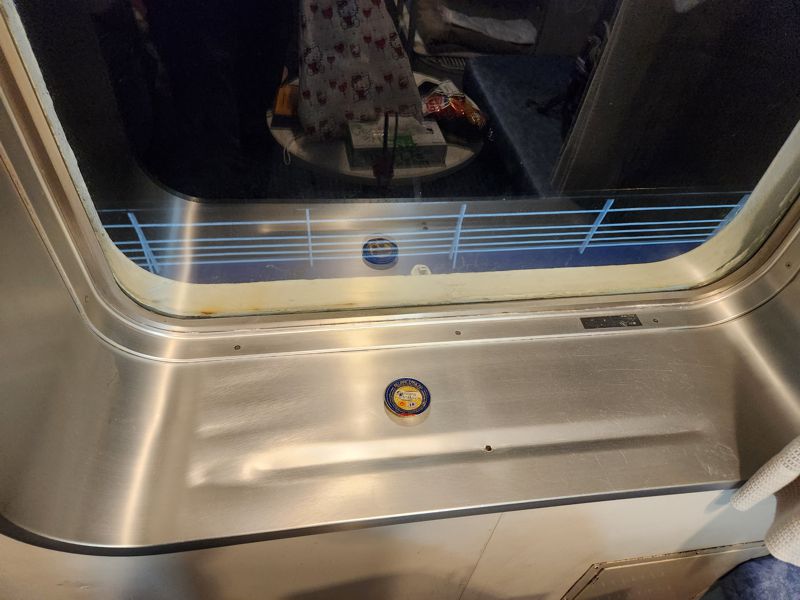
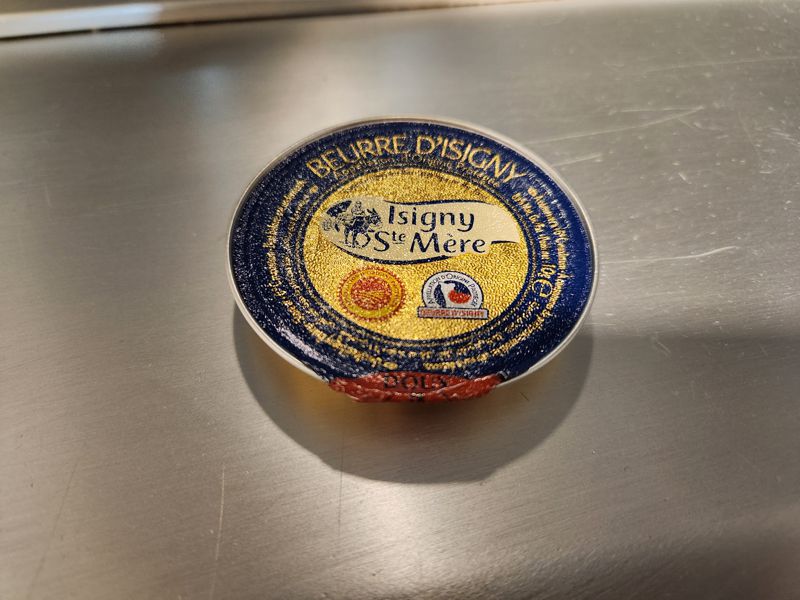
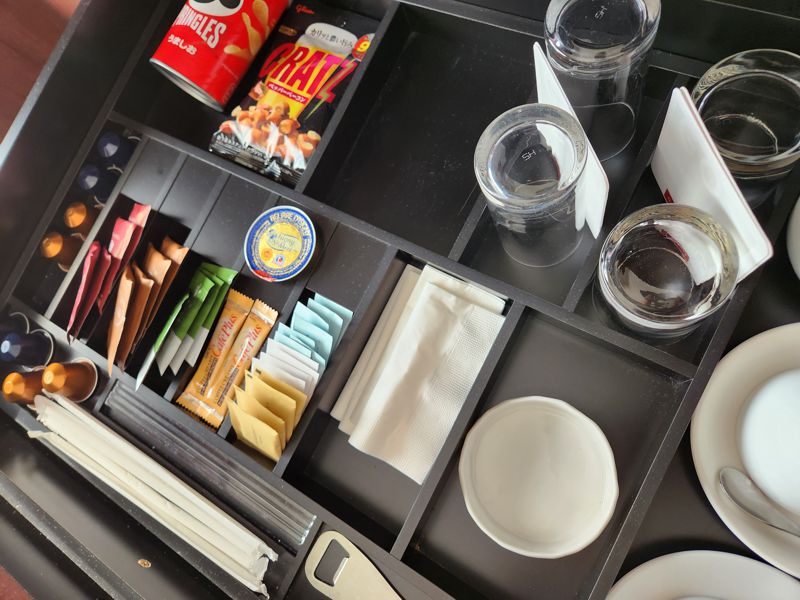
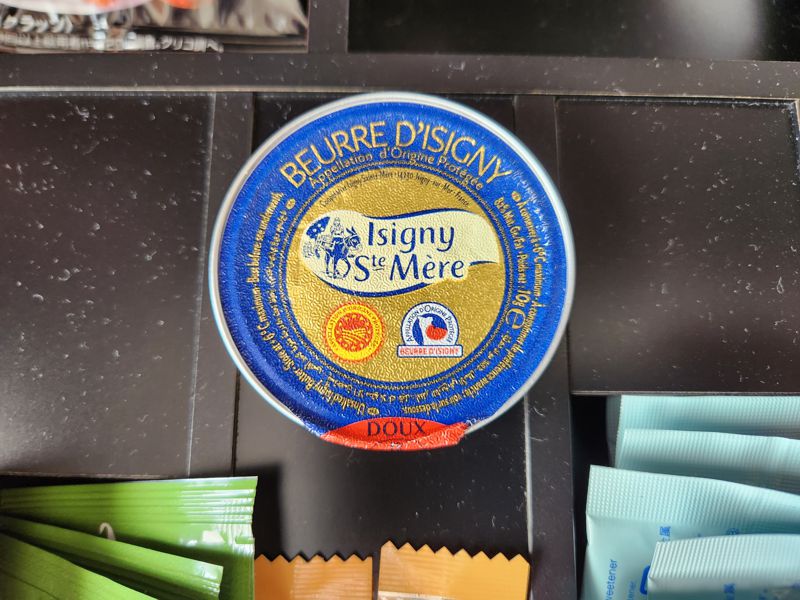
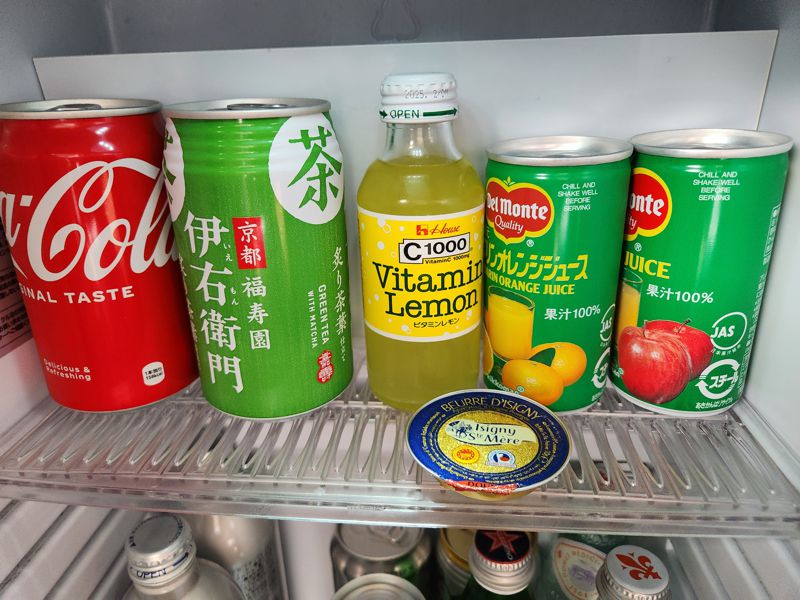

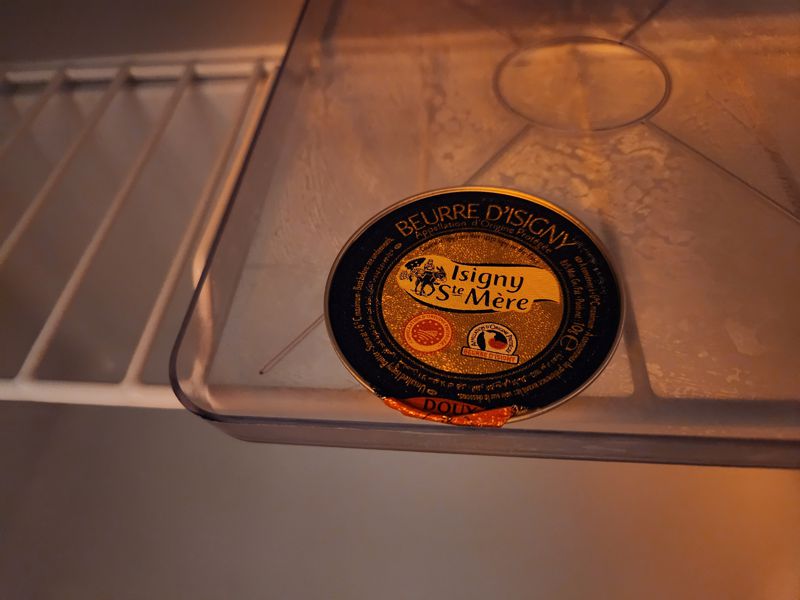
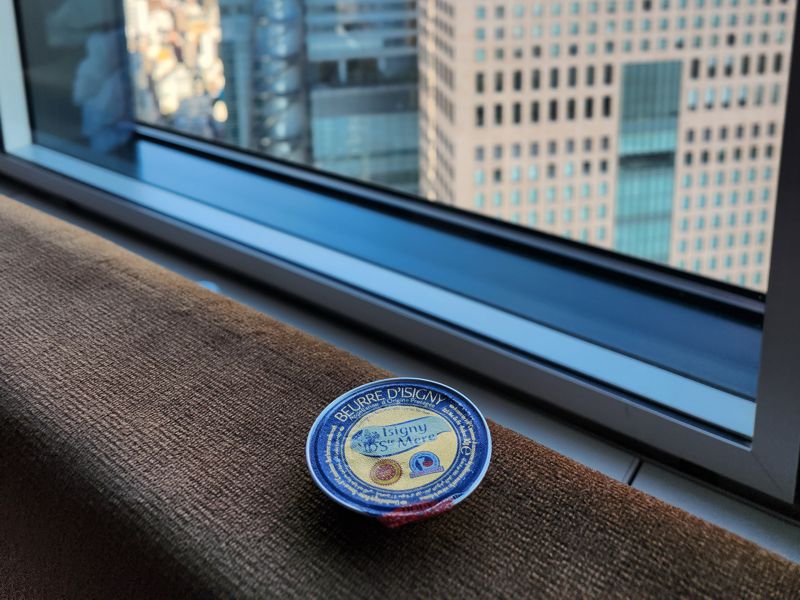
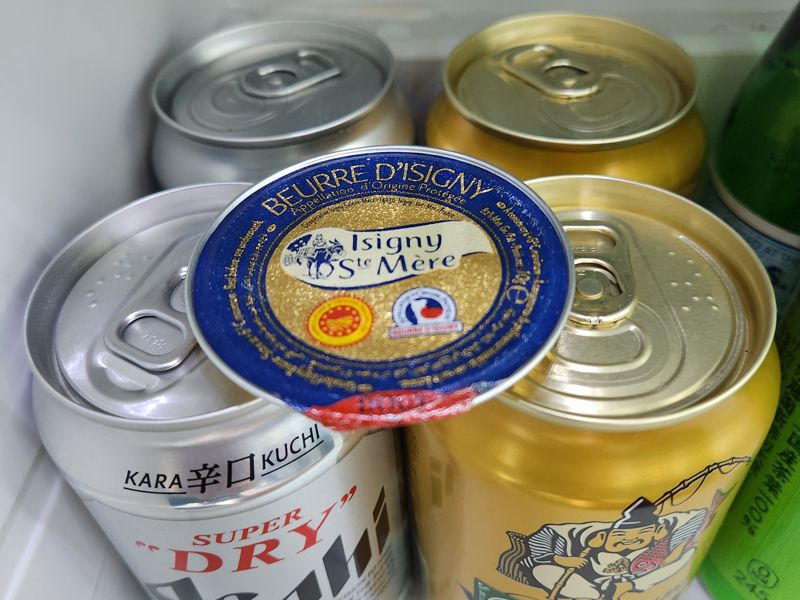
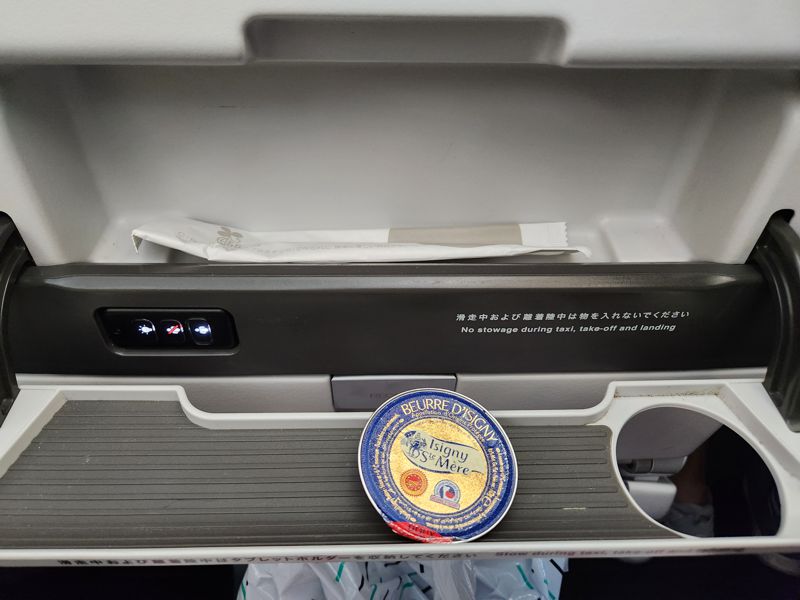

Korea & Japan 2024 Index
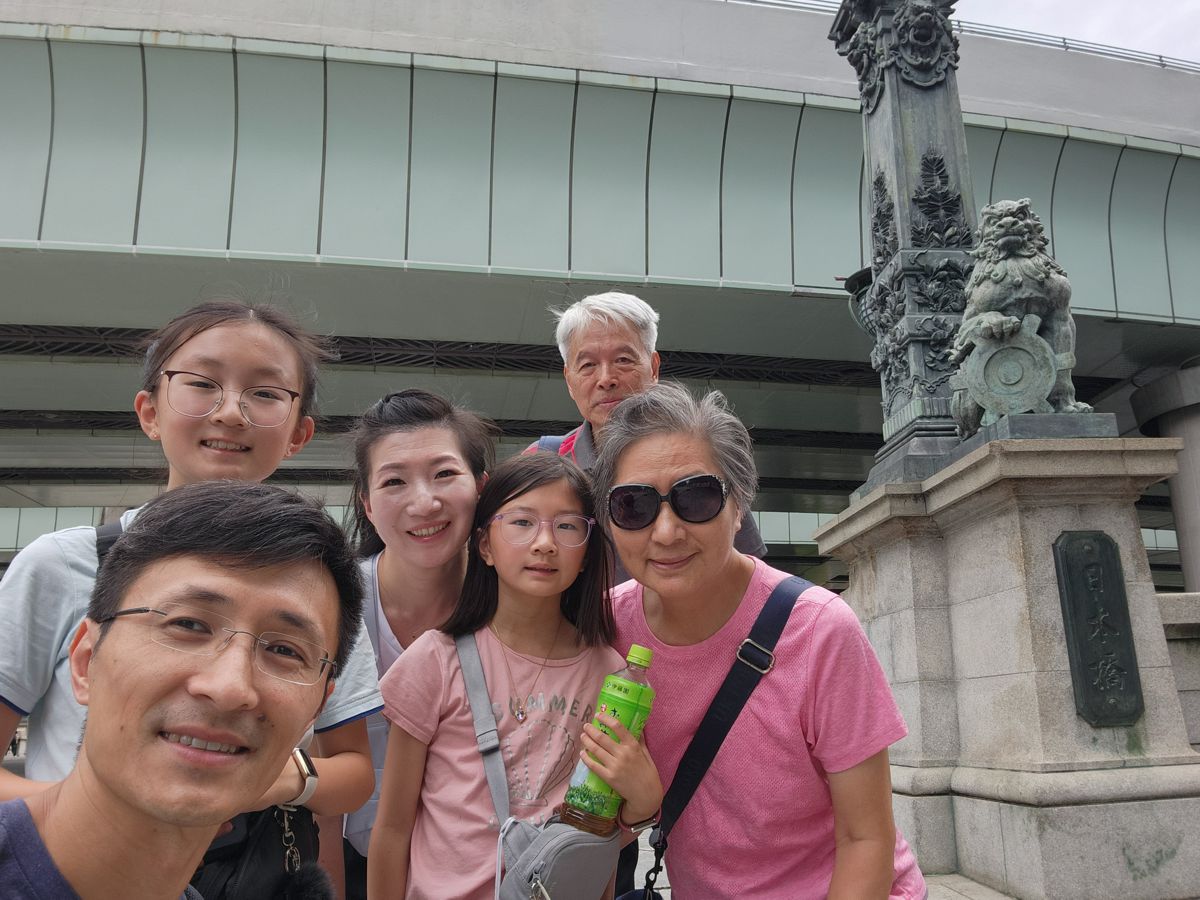
Project Concentric Circles – the Ultimate God of War Shield – Peter's Blog
December 15, 2024 at 12:49 am[…] months later (two trips and a video game got in the way), I finished what I set out to do, turning toilet containers […]
2024 Year In Review – Peter's Blog
December 27, 2024 at 3:19 pm[…] summer vacation, we spent two weeks in Korea and Japan. The first half was a mad dash through 4 cities (including LA), sleeping on six different beds in […]